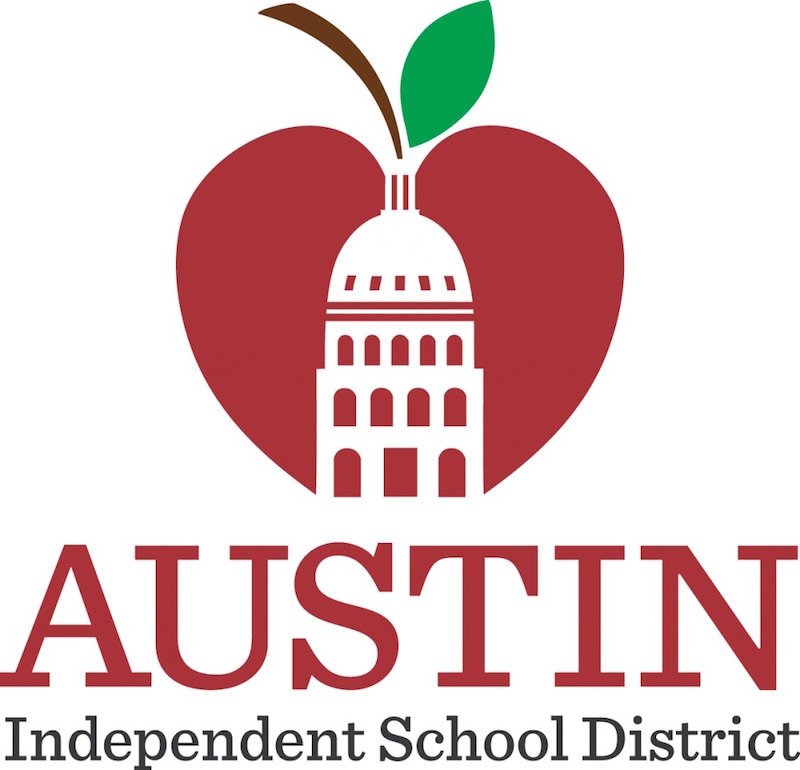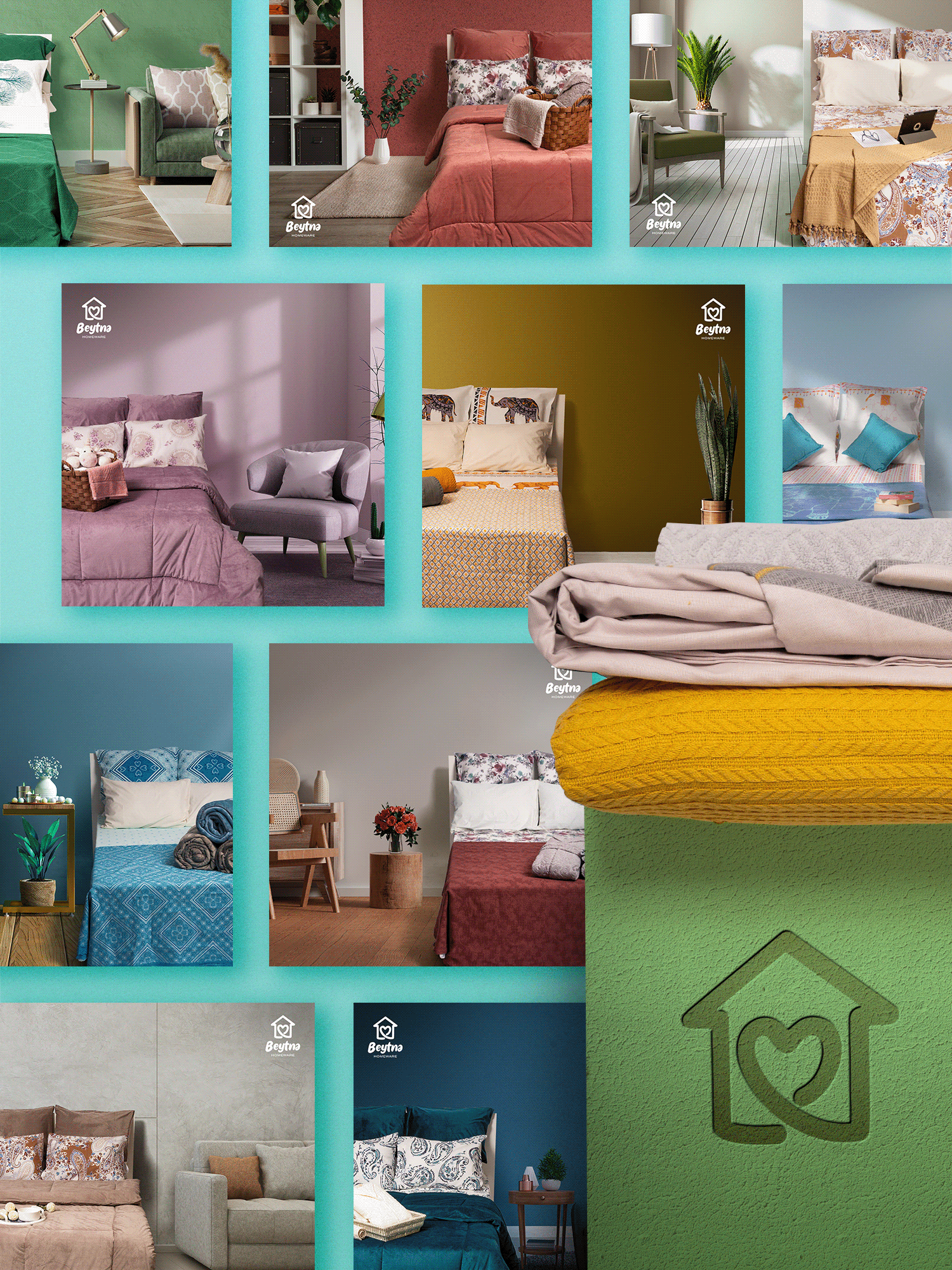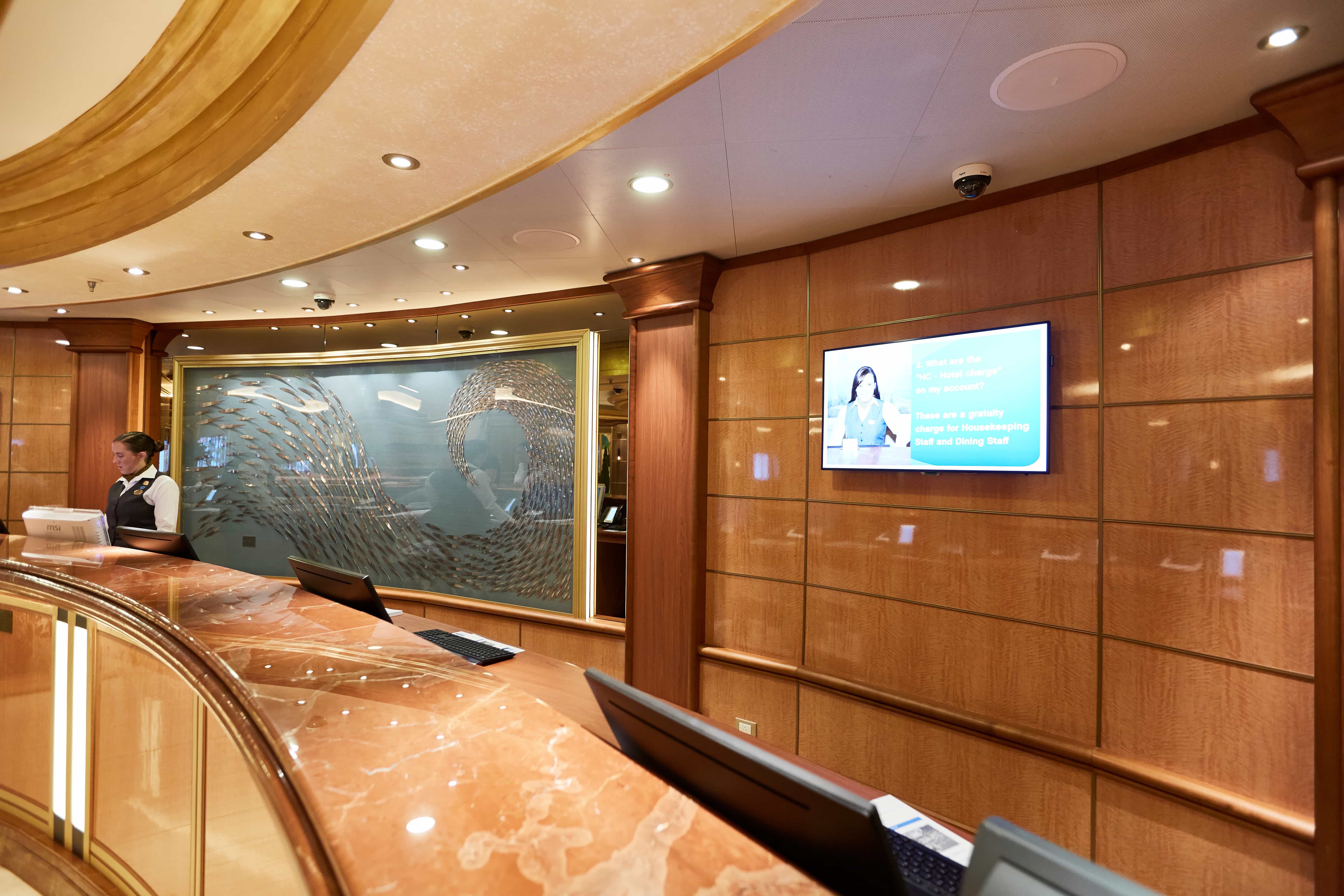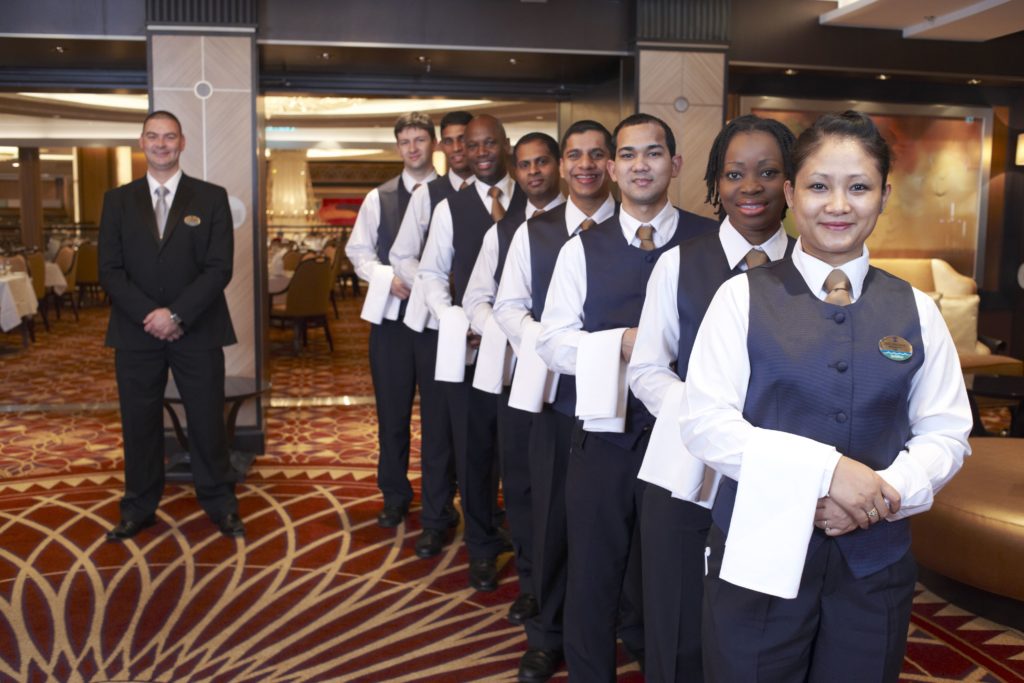Table Of Content
- Meet the team!
- What Is Today’s Strands Hint?
- Subscribe to follow our evolution in equity
- Design Thinking Exacerbates Power Asymmetries
- Liberatory Design (and Redesign)
- Q: What can we as practitioners do in order to create with intention and design for greater equity?
- Taylor Swift’s ‘Tortured Poets Department’ Lyrics And Memes Explained

This is a call to action for the field of Design Thinking and its practitioners. What are your politics and how will you shift your practice and teaching to instruments of liberation? These questions will continue to drive my practice until I retire. As a practitioner, teacher, and writer, I am dedicated to creating liberatory futures through design. Join me for the next piece in this series where I outline how I have changed my practice to address these critiques.
Meet the team!
Designers are incentivized to create flashy stories and slide decks for consumption by other designers, to get hired or accepted in higher education programs. The more dire the need, the more flashy the solution, and the more “wrapped up with a bow” the project seems, the better off you are. This creates unspoken expectations for what makes good design, and I’d argue it’s not defined by what’s good long-term for those living these social challenges. One of the challenges of working this way is being willing to acknowledge that despite your academic expertise, there are other sources of knowledge that are critical to design work, including lived expertise.
What Is Today’s Strands Hint?
I went on to leave the university, co-create Liberatory Design, become an Organizing Committee member of the Equity Design Collaborative, and found my own Liberatory Design studio, Beytna Design. I want to bear witness to my own errors to hold myself accountable to continue practicing differently and to hopefully prevent others from repeating my mistakes. We designed custom asynchronous and live workshops to equip their Social Emotional Learning staff to embed equity into their SEL work during the pandemic. We co-led an inclusive multi-stakeholder workshop to re-imagine housing in the Bay Area with leaders including disability rights groups, local politicians, housing developers, and other stakeholders. With the Columbus Foundation, we collaborated on three intensive co-design sprints.
Subscribe to follow our evolution in equity
Notice invites us to practice self-awareness, seek context about the systems we’re designing in, and explore history’s legacy on our work. We have a network of talented collaborators we invite into projects to scale our reach and impact. We can be as lean or as large of a team as needed to meet our strategic goals and our partners’ needs.
Design Thinking Exacerbates Power Asymmetries
It’s about being incredibly intentional about potential unintended consequences to a solution, and having protocols in place to reduce the risk of harm to those who are directly impacted by the outcomes of the design process. To kick off the new year, I interviewed Tania Anaissie, the Founder and CEO of the social justice design firm Beytna Design and the co-creator of a new form of design thinking called Liberatory Design. I was first drawn to Design Thinking as a design student in college.
“Beytna Design is the byproduct of my personal mission to design for equity.
Decolonizing Design, Explained - Built In
Decolonizing Design, Explained.
Posted: Wed, 18 May 2022 07:00:00 GMT [source]
In terms of additional design to improve racing, and give the car’s aesthetics a leaner and meaner feel, the GEN3 Evo will see a new aero package for the body. On top of AWD, Formula E has been working with official tire provider Hankook on a new all-weather iON tire set that provides 5-10% more grip. As part of Formula E’s sustainability initiative, the tires are made from 35% recycled and sustainable materials; a +9% increase compared to the current GEN3 spec. Named the GEN3 Evo car, it will be all-wheel drive and able to go 0-60 mph in 1.82 seconds, making it the fastest accelerating single-seat race car in the world.
If you have a question to ask or an idea to share, come and participate in Adobe InDesign Community. The Tortured Poets Department might be too long and clunky at times, but it’s an unflinchingly honest piece of work. Out-of-context screenshots of clumsy lyrics from Swift’s album quickly became memes, mocked by many social media users. While much of Swift’s star power comes from the parasocial relationship she has cultivated with her fanbase, The Tortured Poets Department pushes back against the excesses of the Swifties. The GEN3 Evo will come quickly off the heels of the current GEN3 design, but in speaking with Jeff Dodds, CEO of Formula E, COVID initially slowed down the rollout. With the pandemic no longer preventing development, the design trajectory is fully rolling out.
Join Beytna Design for an interactive workshop where you will define an equity challenge in your work and learn more about how the Liberatory Design process can help you find a path forward. You can design an experience, program, policy, system, product, or relationship. But if you are designing for equity, that means your end goal is to create greater equity. There is a sub field of design called “Design for Social Impact” but I would argue all design has social impact. Whether the impact is liberating or oppressive depends on our values and how we enact them.

Define invites us to co-develop a point of view about challenges and needs with the community. Together, we look for patterns and insights in stories that reveal the deeper needs of those closest to the challenge. When we’ve built a strategy and committed to mindsets, tools help us bring them to life through action. While the work of liberation is complex, there are some things we can start doing right away. We partner with mission-driven organizations seeking to center equity and reimagine how they operate in today’s world. We help you learn and apply design to take your equity efforts to the next level.
Lurie College Hosts Spring Forum for Faculty, Staff - SJSU Today
Lurie College Hosts Spring Forum for Faculty, Staff.
Posted: Thu, 24 Jan 2019 08:00:00 GMT [source]
Cape Town was still haunted by the legacy of being the 2014 World Design Capital. Hundreds of designers, many White, flooded into townships to interview communities about their concerns and challenges, only to vanish after the half-day workshop and never return. It became so pervasive that community members could plan their days and meals around these workshops. This and the legacy of harmful research and “social impact” projects wielded by starry-eyed Westerners created mistrust amongst communities we encountered.
It became my outlet to explore design’s social change potential and its unresolved shortcomings. We advised the foundation team on the program structure to center community voice and equip leaders to create equitable change. We created custom Liberatory Design tools, presentations, activities, and coaching to complement the community organizing focus of the program.
Elizabeth was previously Project Manager at the Equal Justice Initiative, contributing to the creation of the Legacy Museum & the National Memorial for Peace and Justice, and was an Investment Analyst at the Emerson Collective. She is an experienced Theater of the Oppressed facilitator, community organizer and researcher. All current AMD Socket AM5 motherboards will support the new Ryzen 9000-series processors when they're released, but most will need a BIOS update in order to do so, unless they're bought nearer the time and ship with a compatible BIOS.
Design classes were a place where I could experiment and release expectations of perfection. My lived experiences as a daughter of war-fleeing immigrants and an Arab-American became assets in my design practice. My ability to code-switch, to empathize across cultures, and to look for solutions even in constrained environments allowed me to thrive.
As I was crafting my design politics, I was sent to Cape Town South Africa to offer a free Design Thinking training to our university’s students studying abroad and local learners who wished to sign up. The biggest shift is in who is considered a “designer.” We believe that in order to create equitable outcomes, you have to design equitably, and that means involving people most impacted by the problem in the decision-making. Traditional design thinking consults those impacted, but the design team still goes behind closed doors to make interpretations and decisions. We’re pushing towards co-design and community-led design, which means those most impacted are on the team, making decisions with you as you transform power together. Much of this grew out of my lived experiences with inequity growing up as an Arab-American in Arkansas.










